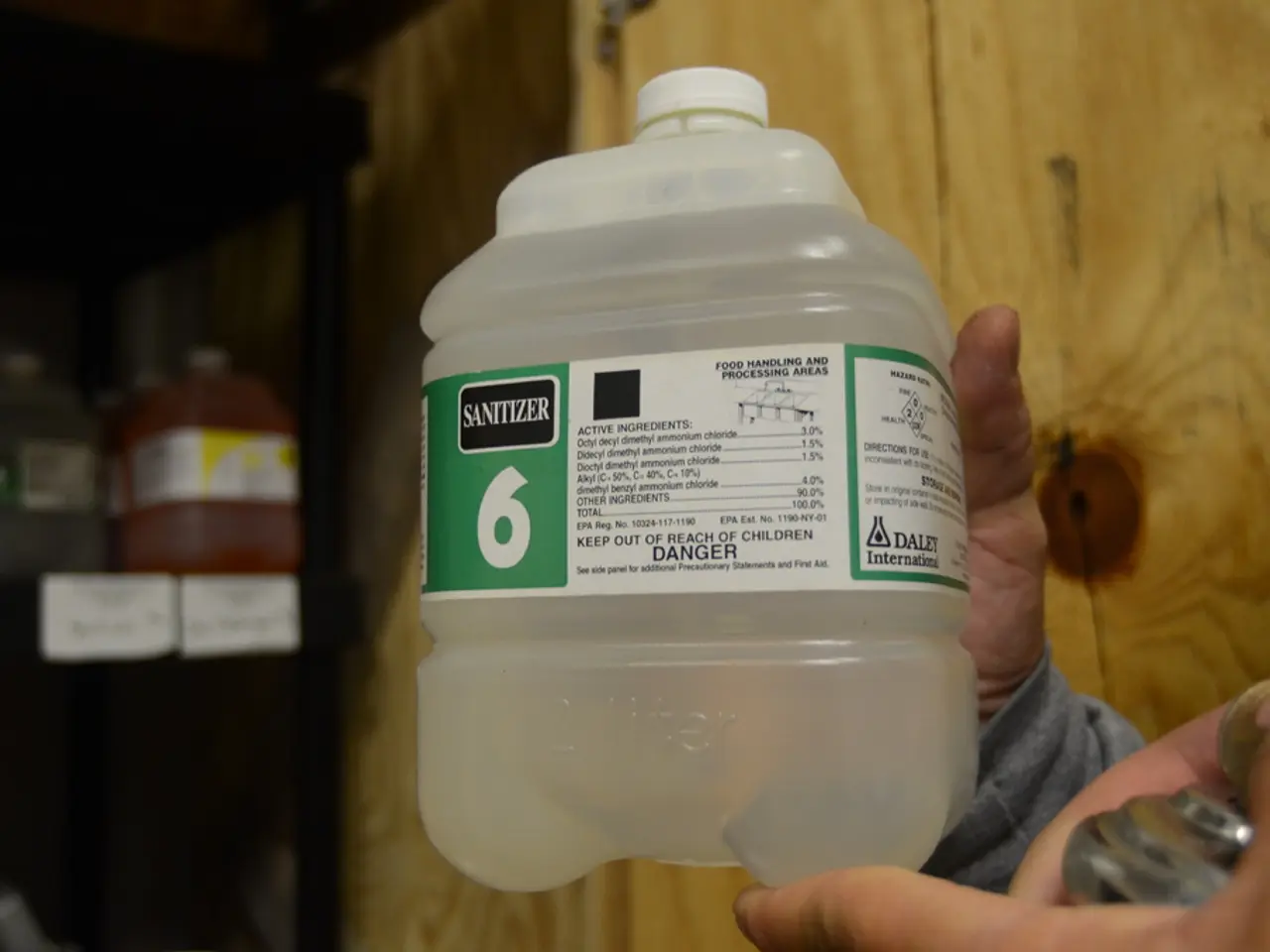Is Tonsillitis infectious? A question that concerns many, as tonsillitis, an inflammation of the tonsils, can potentially spread bacteria or viruses to others.
Tonsillitis, a common childhood illness, affects most children at least once before they reach adulthood. This inflammation of the tonsils, located on either side of the back of the throat, can be caused by either a viral or bacterial infection.
In children between the ages of 5 and 15 years, the cause is usually bacterial, specifically Group A beta-hemolytic streptococcal (GABHS) infection. However, in children under 5 years of age, the cause is often viral.
When it comes to viral causes, common culprits include Rhinovirus, Respiratory Syncytial Virus (RSV), Adenovirus, Coronavirus, Epstein-Barr virus (EBV), Cytomegalovirus, Influenza virus, SARS-CoV-2, and Coxsackievirus. These viruses are responsible for 70%–95% of tonsillitis cases and are often the same viruses that cause the common cold or flu-like symptoms.
Bacterial causes, on the other hand, are primarily led by Group A beta-hemolytic Streptococcus (GABHS), Staphylococcus aureus, Streptococcus pneumoniae, and Haemophilus influenzae. In rare cases, other bacteria like Corynebacterium diphtheriae (diphtheria) or bacteria related to sexually transmitted infections might be implicated, though these are less common in children.
It is important to note that tonsillitis itself is not contagious, but the pathogens responsible for the inflammation are. To prevent the spread of these pathogens, good hygiene practices such as frequent hand washing, avoiding sharing utensils, and keeping sick children at home are crucial.
In cases of bacterial tonsillitis, people will require antibiotic treatment to speed up recovery and reduce the risk of complications. Symptoms usually go away within 1-2 weeks, but people may benefit from home treatments like rest, drinking plenty of fluids, and managing pain with throat lozenges and over-the-counter remedies.
To help prevent the spread of bacteria and viruses, it is recommended to replace a person's toothbrush after they have recovered from tonsillitis. Additionally, healthcare professionals recommend avoiding close contact with people who are sick, teaching children to cover their mouths and noses when they cough or sneeze, disinfecting surfaces in shared living spaces, and making sure that people who are sick do not share food, beverages, or towels with people who are not sick.
In conclusion, understanding the common viral and bacterial causes of contagious tonsillitis in children is essential for effective prevention and treatment. By implementing good hygiene practices and containing coughs and sneezes, we can help reduce the spread of these infectious agents and keep our children healthy.
[1] Centers for Disease Control and Prevention. (2020). Tonsillitis. Retrieved from https://www.cdc.gov/childhooddiseases/tonsillitis.html [2] National Health Service (NHS). (2020). Tonsillitis. Retrieved from https://www.nhs.uk/conditions/tonsillitis/
- Adenovirus, Rhinovirus, Respiratory Syncytial Virus (RSV), Coronavirus, Epstein-Barr virus (EBV), Cytomegalovirus, Influenza virus, SARS-CoV-2, and Coxsackievirus are common viral causes of tonsillitis.
- Group A beta-hemolytic Streptococcus (GABHS) is the primary bacterial cause in children between 5 and 15 years old.
- In children under 5 years, tonsillitis is often caused by viral pathogens.
- Good hygiene practices like frequent hand washing, avoiding sharing utensils, and keeping sick children at home are essential to prevent the spread of tonsillitis causing pathogens.
- Staphylococcus aureus, Streptococcus pneumoniae, and Haemophilus influenzae are other bacterial causes of tonsillitis.
- In rare cases, other bacteria like Corynebacterium diphtheriae (diphtheria) or bacteria related to sexually transmitted infections might be implicated, though these are less common in children.
- Tonsillitis itself is not contagious, but the pathogens responsible for the inflammation are.
- To recover quickly and reduce complications, bacterial tonsillitis requires antibiotic treatment.
- Symptoms of tonsillitis usually go away within 1-2 weeks, but home treatments like rest, plenty of fluids, and throat lozenges can help manage symptoms.
- To help prevent the spread of bacteria and viruses, replace toothbrushes after recovering from tonsillitis.
- Healthcare professionals recommend avoiding close contact with sick people, covering mouths and noses when coughing or sneezing, disinfecting surfaces, and not sharing food, beverages, or towels with sick people.
- Centers for Disease Control and Prevention (CDC) provide valuable information on tonsillitis prevention and treatment.
- National Health Service (NHS) also offers resources on managing tonsillitis in children.
- Tonsillitis can be caused by UC (Urei-Culturing) microorganisms.
- Medical Diagnostic Devices (MDD) can aid in identifying the specific pathogen causing tonsillitis.
- Pfizer might develop new therapies-and-treatments for tonsillitis in the future.
- Science plays a vital role in understanding the causes, prevention, and treatment of tonsillitis.
- Workplace-wellness programs can educate employees about tonsillitis and its prevention strategies.
- People with chronic medical conditions like chronic kidney disease or respiratory conditions should pay special attention to tonsillitis prevention.
- Eye health and hearing can also be impacted by tonsillitis, requiring appropriate medical attention.
- Health-and-wellness industries can create products for managing symptoms of tonsillitis, such as over-the-counter remedies and throat lozenges.
- Fitness-and-exercise can boost the immune system, aiding in preventing tonsillitis.
- Climate change and renewable energy are not directly related to tonsillitis, but they can indirectly impact overall health.
- Manufacturing industries should prioritize workplace safety to prevent the spread of tonsillitis among employees.
- Mental-health issues can affect a person's ability to cope with tonsillitis, so it's essential to address both physical and mental health concerns.
- Skin-care products can help manage any skin conditions or irritations caused by tonsillitis.
- CBD oil might have potential benefits in managing pain and inflammation associated with tonsillitis.
- Environmental-science research can help understand the factors contributing to the prevalence of tonsillitis.
- Finance, energy, and fintech industries can support medical research and innovation in tonsillitis treatments and prevention.
- Smartphones, wearables, smart-home-devices, automotive, retail, public-transit, and entrepreneurship sectors can develop innovative solutions for managing and preventing tonsillitis.
- Leadership, diversity-and-inclusion, and effective communication are crucial in planning and executing tonsillitis prevention strategies at all levels, from families to small businesses and industries.







